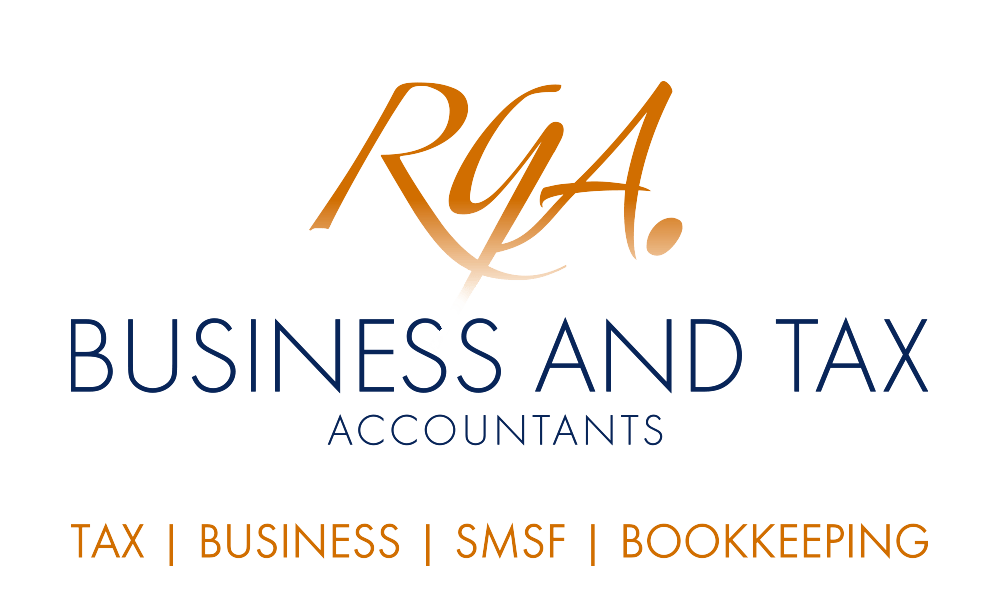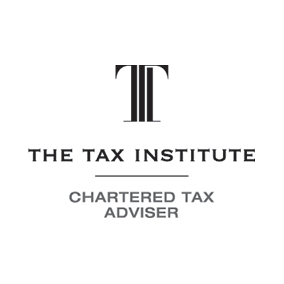Downsizer contributions: Age limit change

More people will soon be able to make up to $300,000 in downsizer contributions into super with the lowering of the age limit to include those 60 years and over from 1 July 2022. Prior to this date, only those aged 65 and over were able to make a downsizer contribution. Essentially, downsizer contributions are super contributions that can be made from the proceeds of the sale of a main residence. It was designed to encourage older people to move into more suitable homes and free up housing stock.
To help those nearing retirement boost their super balances, those aged 65 and over are able to make downsizer contribution of up to $300,000 from the proceeds of the sale of their home. This measure was originally envisaged as a way to encourage older people get into more suitable homes as well as increase the level of housing stock in a bid to reduce soaring house prices.
Downsizer contributions are separate from concessional and non-concessional contributions, which means that amounts contributed do not count towards the contribution caps (ie $27,500 for concessional and $110,000 for non-concessional). However, these amounts will count towards the transfer balance cap which applies when super is moved into the retirement phase.
As part of a suite of measures introduced to provide more flexibility for those contributing to super, from 1 July 2022 the age limit for those making downsizer contributions will be decreased to those individuals 60 years or over. Optimistically, the government expects this decrease in age will encourage more older Australians to downsize sooner and “[free] up the stock of larger homes for younger families”.
If you or your spouse are thinking of selling the family home to capture a premium, especially in regional areas, besides the age qualification, other criteria that must be satisfied in order to make a downsizer contribution to super include:
- the location of the home must be in Australia;
- the home must have been owned by your or your spouse for at least 10 years;
- the home must not be a caravan, houseboat, or other mobile home;
- the disposal must be exempt or partially exempt from CGT under the main residence exemption; and
- a previous downsizer contribution must not have been made from the sale of another home or from the part sale of the current home.
The downsizer contribution must be made within 90 days of receiving the proceeds of sale (ie from the date of settlement), and your super fund must be provided with the appropriate downsizer contribution form before or at the time of making the contribution.
Each individual is able to make the maximum contribution of $300,000, so for a couple, a total contribution of $600,000 can be made. However,, the total contribution amount cannot be greater than the total proceeds from the sale of the home. In instances where a home is owned only by one spouse and is sold, the spouse that did not have ownership is also able to make a downsizer contribution or have one made on their behalf, provided all other requirements are met.
Example
Trevor and Ian are a couple in their late 60s who have lived in their home for 20 years and have decided to downsize. Only Trevor’s name is on the title deed of the home. They meet all the other requirements for the downsizer contribution and sell their home for $500,000. In this scenario, the maximum contribution Trevor and Ian can both make is $500,000. It does not matter that only Trevor’s name is on the title deed. They also have the choice of either splitting the amount (ie $250,000 in each super account) or using another combination (eg $300,000 for Trevor and $200,000 for Ian).
There is no maximum age for downsizer contributions. As long as the individual or couple are 60 years or older at 1 July 2022 and satisfy the other conditions, a contribution up to the maximum amount can be made.
Need help planning?
If you are thinking of selling your home, we can help you work out whether you are eligible to make the downsizer contribution and boost your super for retirement. We can also help you and your spouse work out the best split for the contribution, taking into account transfer balance caps. Contact us today.
Email us at Robert Goodman Accountants at reception@rgoodman.com.au . © Copyright 2022 Thomson Reuters. All rights reserved. Brought to you by Robert Goodman Accountants.









